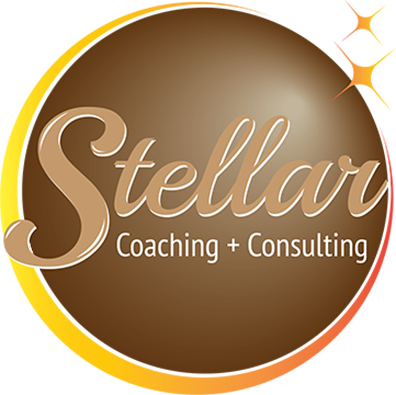Let's Take a Moment to Be
Our society as a whole is very focused on fixing. Humans tend to move pretty quickly to “doing something” about whatever is in front of us. This isn’t problematic, necessarily; except, given that we are human “beings’ not human"doings ", the"being " of our lives needs more attention than we generally provide.
Our unwillingness to focus on slowing down– to allow ourselves to truly be with whatever is here, in this moment – often comes from a sense of discomfort with ‘being” energy. And before you make up that this is solely about “hard” experiences – sadness, anger, illness, grief, etc; -- know that this is true for some of the “easy” experiences too. Some folks rush past moments of celebration or achievement, for example.
The challenge in either case is that when we don’t take opportunity to just be with what’s here, when we push ourselves and others to look ahead to what’s coming or what’s possible and only that, rather than hang out in what’s present in the moment, we often deprive ourselves of the learning and the growth that is actually available. And whenever we push through it or past it – whatever it is -- we inevitably circle back to it, because the learning actually needs to happen.
Why am I sharing this today? Partly because I have had so much to be with in the last few weeks (some exciting, some discombobulating, some heaviness, some sadness, some curiousity). And also because I see that so many others are also having a lot to be with. And while I MYSELF know enough to give myself time to hang out in the discomfort, there are others who don’t seem to get it. They want to push themselves, or me, or their teams to keep their eyes focused on the metaphorical 50 feet in front of the, rather than this moment. Pushing can look a couple of different ways:
“I know this is hard, but trust me, it will get better.”
“Look at all the good stuff that’s about to happen.”
“Let’s not talk about this, let’s talk about what’s next instead.”
“I know you’re sad; but look at all you have to be grateful for.”
Now, I totally get that there is something to be said for focusing on the positive and the possibilities. It’s certainly preferable to always being negative. But there is a way that comments like those above can start to feel a little toxic. What’s actually needed is a bit of balance, and an acceptance that life isn’t always skewed to either positive or negative, to either being or doing. In my experience, when someone meets me with the sort of energy illustrated in the sample comments, it is less about a desire to help me in any way and far more about their own discomfort with where I’m at (whether they recognize it or not). One of the reasons that I know this to be true is because I myself used to be that person. The one who was ALWAYS being positive. And while I still consider myself more of an optimist than not, I have learned that being with whatever is uncomfortable is a necessary part of truly living.
In recent weeks, the most helpful responses that I’ve heard or overheard have usually been some version of “this sounds hard”, or “wow, that’s big” or “that’s a lot”. Period. No need to expand, no need to move to solutioning, just a recognition of what’s front and centre. And what I notice is that when someone responds in this way my entire being – body, mind and spirit – settles down. I know that I am seen. And heard. And in that space of being witnessed, I am actually able to move to solutioning on my own, sooner rather than later.
This particular approach – focusing on energy and being rather than exclusively on doing – is as applicable in professional settings as it is in personal. How we be in a professional context is all about workplace culture. In several of my work teams, there is a way that leaders are able to ask the question, “what’s here?” and just allow space for folks to give an answer. No solutioning, no looking for direction, just naming what’s here. And then allowing that awareness to lay the groundwork for strategy to grow out of that, for solutioning to happen naturally, when it’s time.
Bottom-line: it’s time to recalibrate our approach to how we be with tough stuff. Yes, we have typically been taught to problem-solve and solution-source – to strategize. The challenge is that when we only pay attention to that, we lose sight of the culture in which solutioning is happening. And, in the words of Peter Drucker, legendary management consultant and author, “culture eats strategy for breakfast.”

